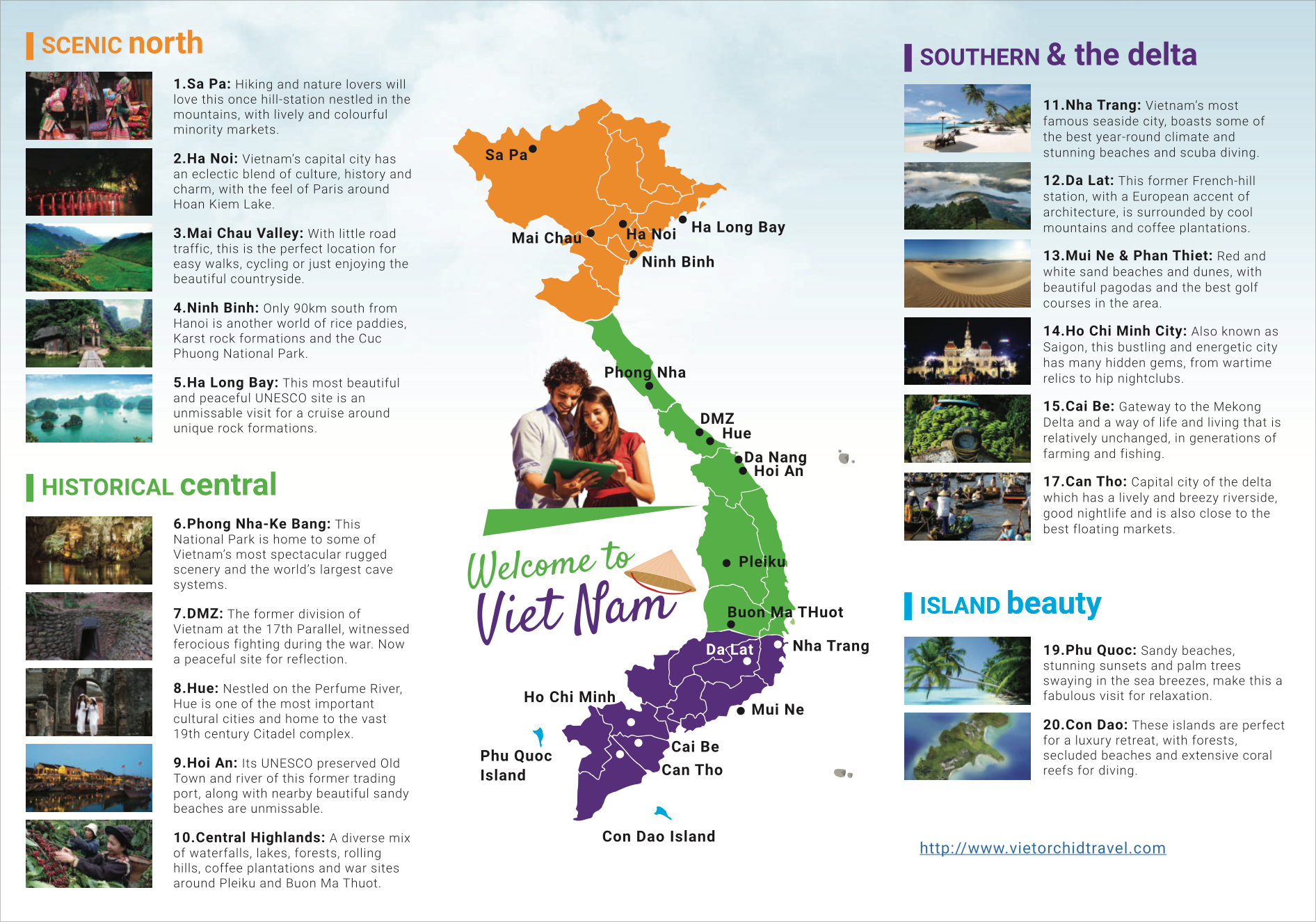Why Choose Us?
Download Now!

This full-day tour takes you through the city’s most refined architectural treasures, from hidden monastic retreats to elegant royal residences and traditional garden homes.
Your morning begins with a serene visit to Tu Hieu Pagoda, one of the city’s most iconic spiritual and architectural landmarks. Built in 1843, the pagoda exemplifies traditional Hue temple design with its curved tiled roofs, wooden beam halls, and lotus-filled courtyards that create an atmosphere of quiet elegance. More than just a sacred site, Tu Hieu also holds historical significance as the final resting place of imperial eunuchs — a unique chapter in Vietnamese royal history. Its graceful, understated structures reflect both the simplicity of Zen philosophy and the architectural harmony of Nguyen-era design. The temple’s poetic setting and profound story have drawn countless generations seeking peace, including the globally respected Zen Master Thich Nhat Hanh, who spent his novice years here and chose it as his final resting place in 2022. Walking through Tu Hieu is like reading a meditation on impermanence, loyalty, and spiritual legacy — told not with words, but through architecture, incense smoke, and rustling trees.
Continue to nearby Thien An Monastery, a hilltop Catholic retreat known for its French colonial influence, red-tiled roofs, and tranquil forest paths. Nestled in the pine hills southwest of Hue, Thien An Monastery blends French colonial architecture with Benedictine simplicity. Built in the early 20th century, its red brick facade, arched cloisters, and tall bell tower evoke a European spirit while harmonizing with the tranquil Vietnamese landscape. The surrounding pine forest creates a contemplative atmosphere, making it an ideal space for spiritual reflection and quiet retreat. A walk through the monastery grounds offers insight into the lesser-known religious heritage of Hue and its subtle architectural elegance.
After a morning of architectural inspiration, enjoy a relaxed lunch at a local restaurant, savoring Hue’s elegant and refined cuisine.
In the afternoon, we visit An Dinh Palace, a hidden gem of early 20th-century architecture. Originally the residence of Crown Prince Bao Dai, An Dinh Palace is a striking example of Vietnam’s early 20th-century shift toward European-inspired design. The palace façade features baroque columns, stucco reliefs, and arched windows, while the interiors are richly adorned with imperial murals and hand-painted ceilings that reflect Nguyen royal symbolism. Though smaller than the main imperial complex, An Dinh offers an intimate glimpse into a transitional period where Vietnamese and Western aesthetics coexisted in harmony — a rare and photogenic highlight for lovers of architecture and history.
The journey concludes at An Hien Garden House -one of Hue’s most beautiful and well-preserved garden houses. Once the residence of a Nguyen princess, this traditional nhà rường (wooden house) is surrounded by a peaceful garden filled with native fruit trees and ornamental plants. The home’s architecture follows strict feng shui principles, with wooden beams, tiled roofs, and ancestral altars evoking the harmony between humans and nature. A visit here not only reveals the elegance of old Hue aristocracy but also the unique spatial design that defined upper-class Vietnamese homes.
